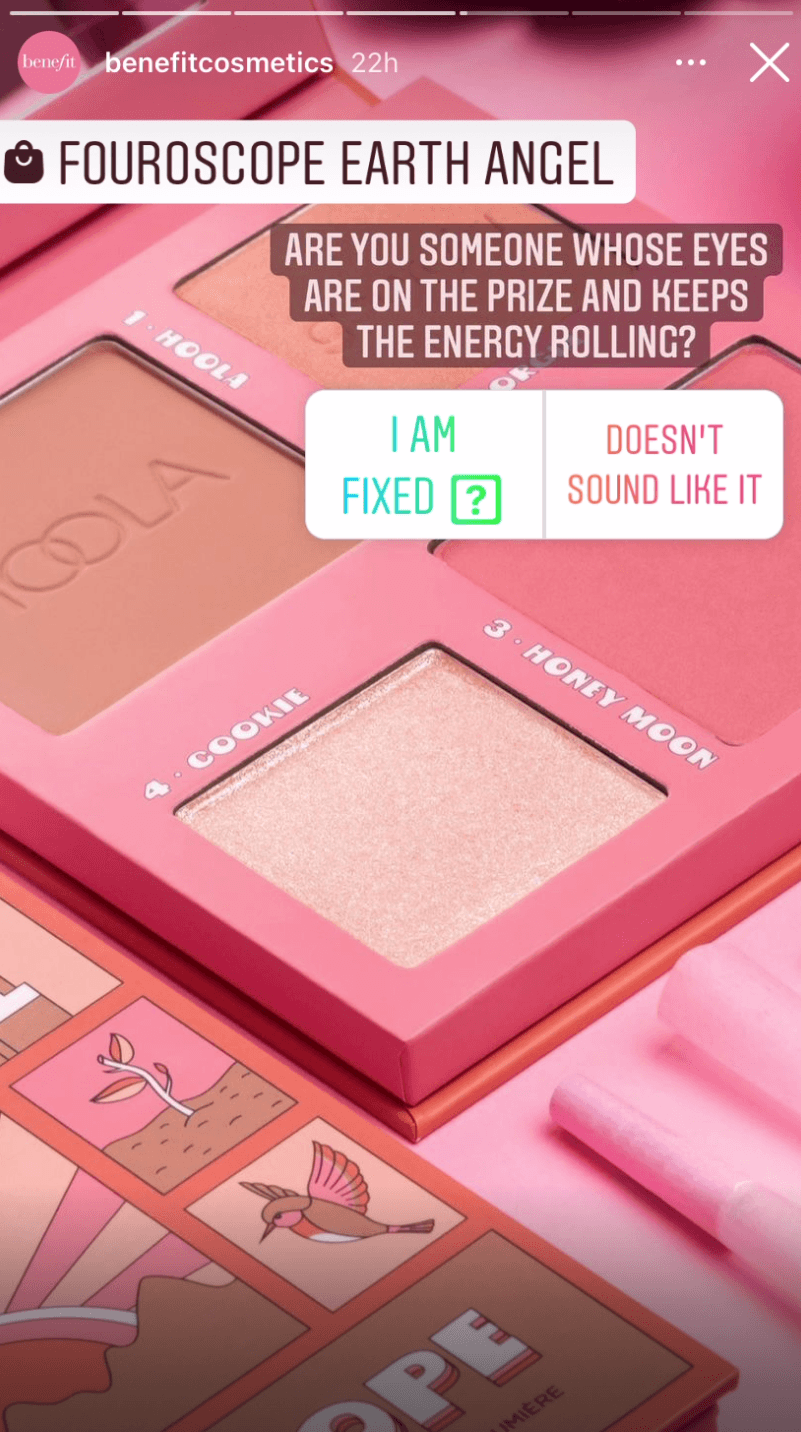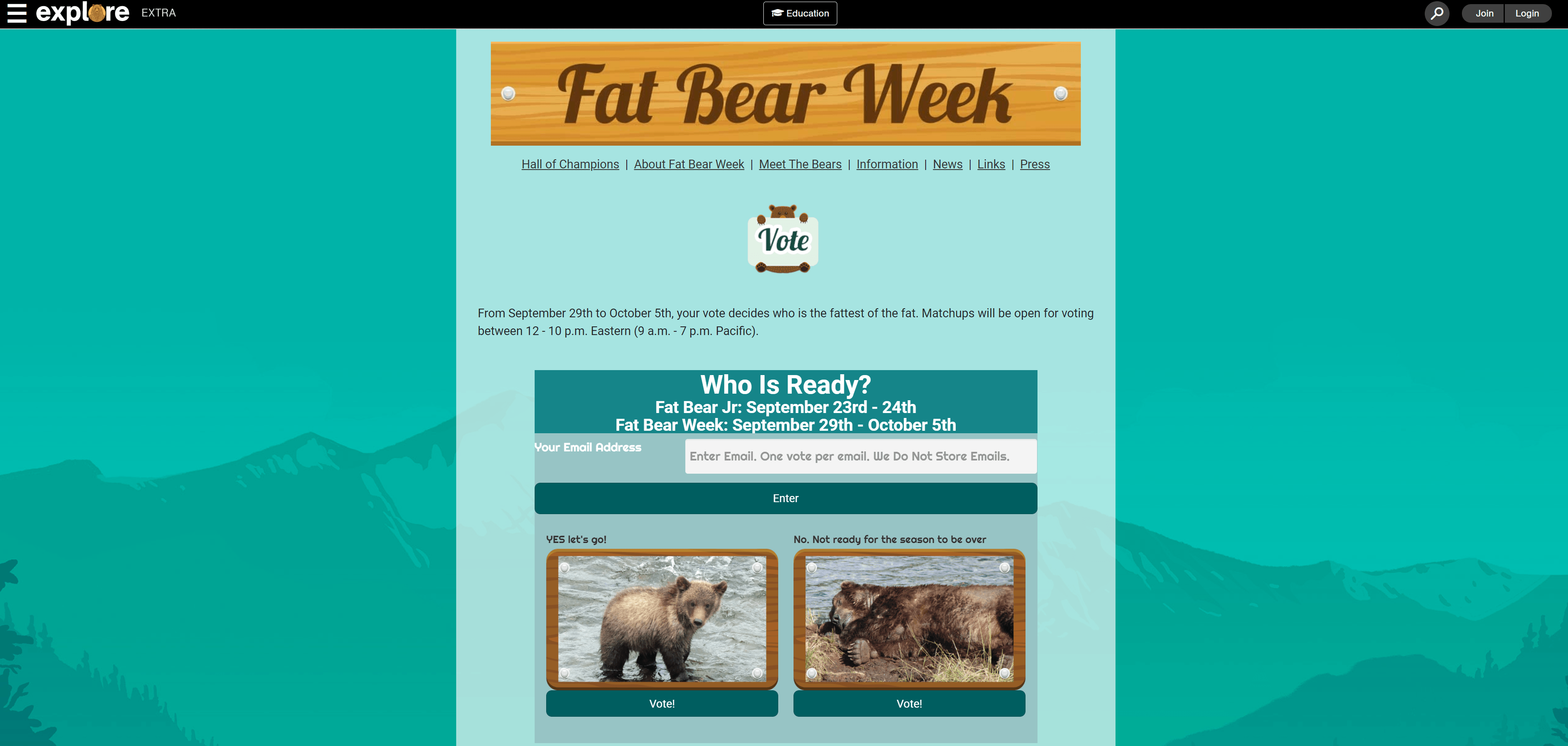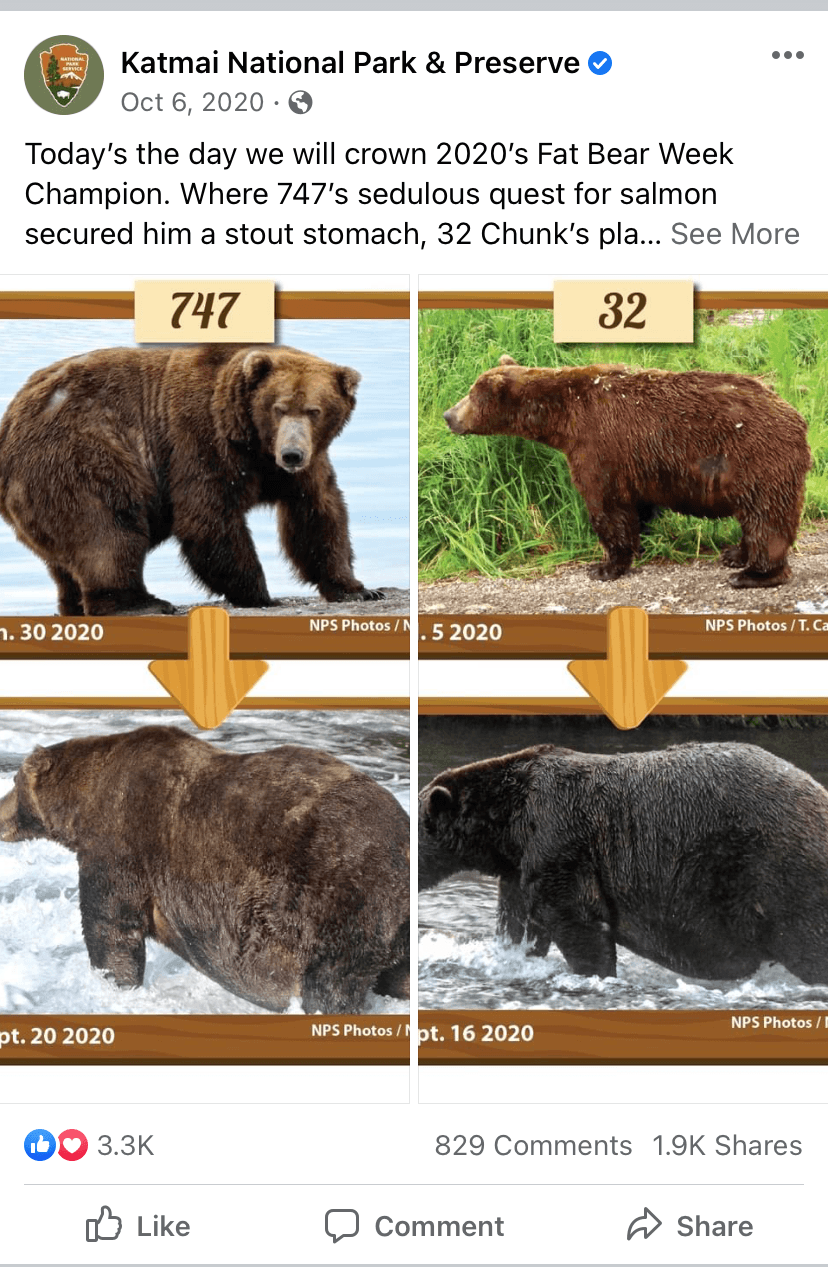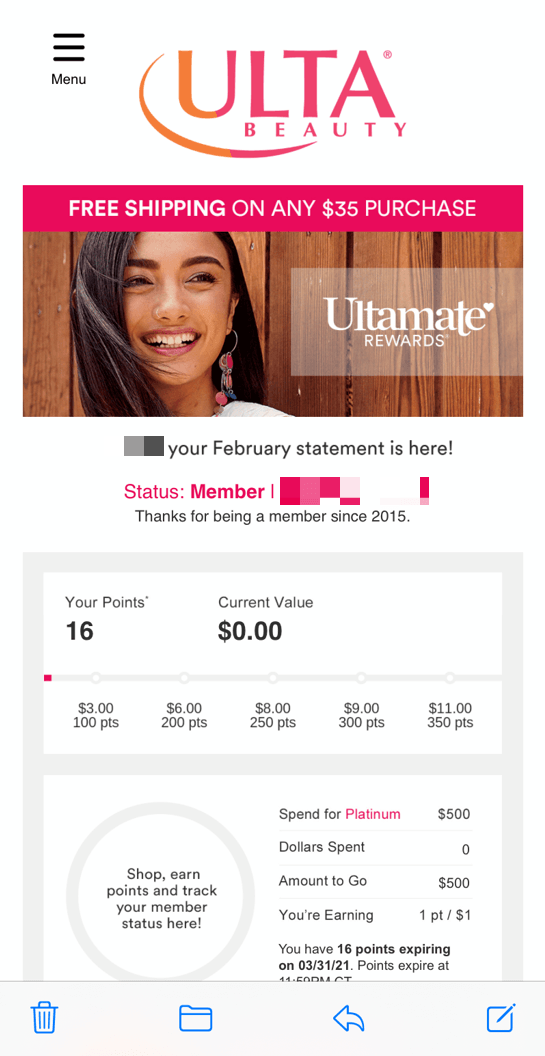Marketing Gamification 101: How to Level Up Your Strategy
You don’t need an Xbox or a PlayStation to learn marketing gamification. Dylan from the WebFX Earned Media team will tell you how to bring games to your marketing strategy so you can earn more website traffic, leads, and revenue.
Transcript:
Did you ever go to a coffee shop and get a punch card, then you kept going back until you filled up your card and got your free coffee?
It was almost like…a game, one that kept you coming back until you got your prize.
Today, we call tactics like this marketing gamification. You don’t have to be a huge company to gamify your marketing strategy, either. I’ll tell you how you can do this if you keep watching.
What is gamification in marketing?
Marketing gamification is what it sounds like — you use games in your marketing strategy to engage with your audience.
Games can range from quick social media polls to complex apps and contests. It doesn’t have to be expensive to be great, though. The key to a successful gamification strategy is creativity.
You can use marketing gamification on many different channels, including your website, your emails, and on social media. On social media, specifically, you can even take advantage of some built-in features, like Instagram and Facebook’s interactive stickers.
What are some gamification examples?
Gamification isn’t really a new thing, which is great because I can show you some examples that are sure to inspire your next campaign.
First up, a gamification example from a beauty brand on Instagram.
Instagram’s Story feature lets users and businesses share temporary photos with stickers, music, filters, and so much more.
Benefit Cosmetics uses a combination of product photos, text, and the poll feature in their Stories to engage their audience with their Stories.

They’re showing off their products in a fun and shoppable way. The results they get can provide valuable product and marketing information, sourced directly from their audience — for free.
Next up, a gamification example featuring some very large bears.
Katmai National Park & Preserve in Alaska teams up with Explore.org and Katmai Conservancy for Fat Bear Week in October. This tradition has been going on since 2014, and it does not disappoint.
You know the story. Bears eat a lot of food to prepare for hibernation, so in the time leading up to the big snooze, they get large. To quote the National Park Service, Honky Chonk Beardonkadonk. You heard that right.
During Fat Bear Week, people get to participate in a tournament and vote for who they think is the fattest bear. The bears are paired against each other, and in the end, only one can win.

While the voting happens off of social media, there is plenty of promotion on social media — from the park itself and from fans of the bears.

In 2020, this strategy earned 646,282 votes and received a ton of press coverage. 113 articles and other types of content, to be exact.
On top of that, people learned a little something about bears and environmental preservation.
The last example I’ll share is like the punch card from earlier.
The biggest difference is it’s digital, and you really can’t lose it.
Ulta Beauty, like many businesses, has a rewards program. The more you shop, the more points you earn. As you spend more, you can reach higher tiers and get gifts, more points, and other benefits. You can redeem these points to use on their products and services.

In their emails to rewards members, Ulta uses a progress bar to show how many points you have and tells you how much you need to spend to reach the next level.
It’s simple, but the format encourages people to keep spending, so they can truly reap all the benefits Ulta has to offer.
I’m sure I can keep throwing examples at you, but let’s move on to how you can use marketing gamification in your digital strategy.
How to incorporate marketing gamification into your strategy
If there’s anything you take away from the examples, it’s that your games don’t have to be complex to be successful.
Don’t go spending a lot of time and money developing games for your marketing, at least not at first.
Start simple with a poll or trivia questions on social media. Have people “scratch” off a digital coupon or spin a digital wheel to get a discount. Do a scavenger hunt across your website or social media.
Whatever game you come up with, make sure it relates to your business and you pay close attention to the results.
If you run a shoe store, don’t do trivia about sweaters. And make the prize something easy your store can offer, like a free pair of shoes or a 50% off coupon.
Let the results of your gamification inform your future strategy. If you have people vote on products, consider focusing your marketing on the ones that score better. If certain topics get more attention than others, talk about those topics more often.
If you test multiple forms of marketing gamification and notice your audience participates more with one game than another, try figuring out how to boost participation. You might even need to retire something that isn’t popular.
There’s not really a hard and fast rule on what works for gamification in marketing. A lot of it depends on your audience, so know who you want to reach before spending time on all of this.
And we’re just about wrapped up here. If you liked this video, give us a thumbs up and subscribe to our YouTube channel.
Want more content emailed to you twice a month? Subscribe to Revenue Weekly, our email newsletter. You can find the link to sign up in our video description.
Thanks for watching!